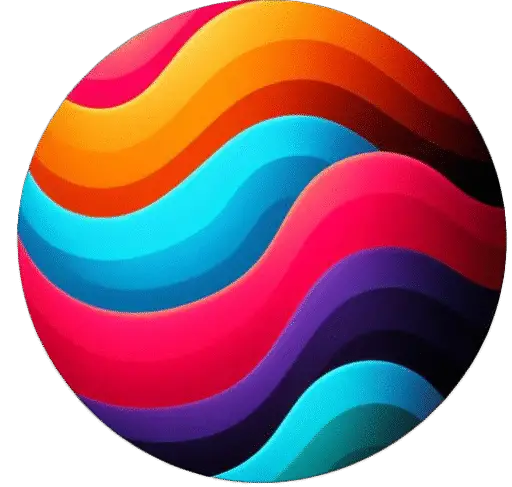This course provides an introduction to the essential concepts and skills needed to navigate the digital world. We will explore various computer components, software applications, and essential internet functionalities. The course aims to equip you with the confidence and knowledge to effectively utilize computers for personal or professional purposes.
Course Topics:
1. Introduction to Computers
- Understanding computer hardware and software
- Basic computer components (CPU, RAM, Hard Drive, etc.)
- Different types of computers (desktop, laptop, tablet, etc.)
- Operating systems (Windows, macOS, Linux)
2. DOS (Disk Operating System)
- Historical overview of DOS
- Basic DOS commands for file management (dir, copy, move, delete, etc.)
- Navigating directories and understanding file paths
3. Windows
- Exploring the Windows interface (desktop, taskbar, start menu)
- Managing files and folders using Windows Explorer
- Understanding user accounts and permissions
- System settings and configuration
4. Windows Applications
- a. Notepad: A basic text editor for creating and editing plain text documents.
- Learn to create, save, and open text files.
- Understand basic formatting options (font size, bold, underline)
- b. Paint: A simple drawing and image editing program.
- Create basic shapes, lines, and drawings.
- Use different colors and fill tools.
- Save and export images in various formats.
- c. Explorer: A file and folder management tool.
- Learn to organize files and folders efficiently.
- Search for specific files and folders on your computer.
- Customize the view and layout of your folders.
- d. Control Panel: Access system settings and configuration options.
- Change display settings (resolution, brightness, etc.)
- Manage user accounts and passwords.
- Configure network settings and connections.
5. Microsoft Word
- A powerful word processing application for creating professional documents.
- Learn to format text, paragraphs, and pages.
- Use fonts, styles, and templates.
- Insert images, tables, and charts.
- Collaborate and share documents.
6. Microsoft Excel
- A spreadsheet program for data analysis, calculations, and presentations.
- Learn to create and edit spreadsheets.
- Use formulas and functions for calculations.
- Create charts and graphs to visualize data.
- Utilize formatting and data filtering tools.
7. Microsoft PowerPoint
- A presentation software for creating dynamic and engaging presentations.
- Learn to create slides with text, images, and videos.
- Apply different transitions and animations.
- Utilize speaker notes for presentations.
- Share and deliver presentations effectively.
8. HTML (Hypertext Markup Language)
- The building blocks of web pages.
- Learn the basic structure of HTML code.
- Create basic HTML tags for formatting text, images, and links.
- Understand the basic concepts of web development.
9. Internet & E-mail
- Introduction to the internet and its functionalities.
- Learn how to access the internet using a web browser.
- Explore search engines for finding information online.
- Understand fundamental internet safety practices.
- Setting up and using email for communication.
Assessment:
The course assessment may include a combination of methods such as assignments, quizzes, and practical projects. These will help gauge your understanding of the covered topics and your ability to apply the learned skills.
Learning Resources:
- Course textbook or online resources
- In-class demonstrations and hands-on activities
- Online tutorials and practice exercises
Instructor:
Bibhu Mukherjee
Note:
This syllabus is a general overview and may be subject to change based on the specific needs of the course and the instructor’s discretion. Course Fees: 2000/- (Installment Payment Facility available)
